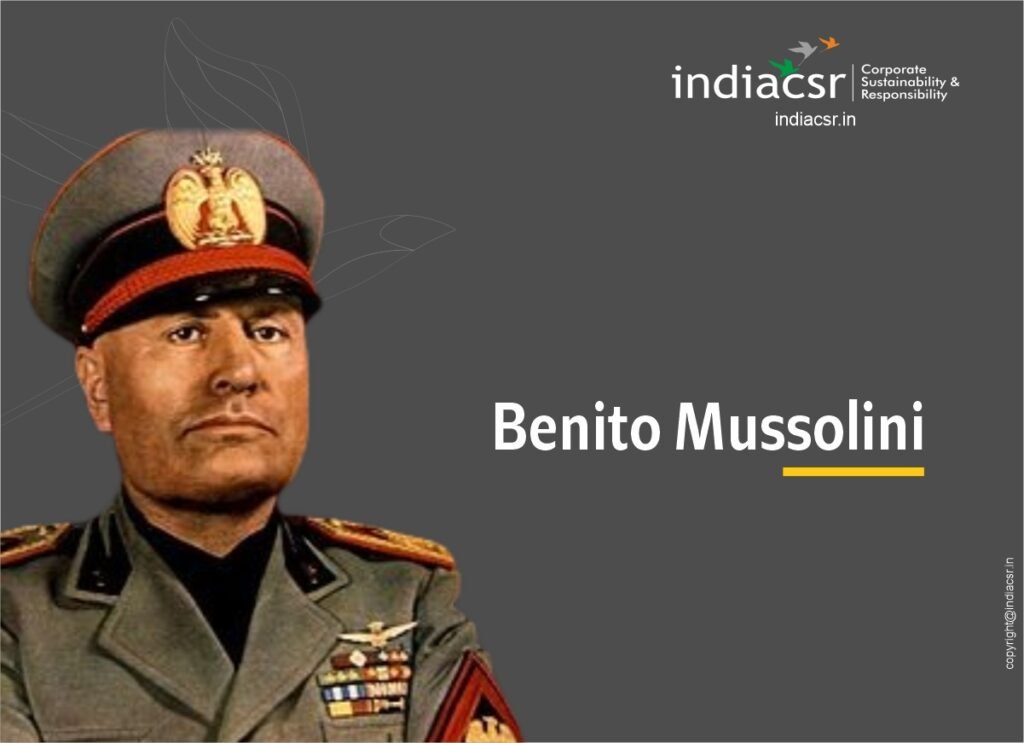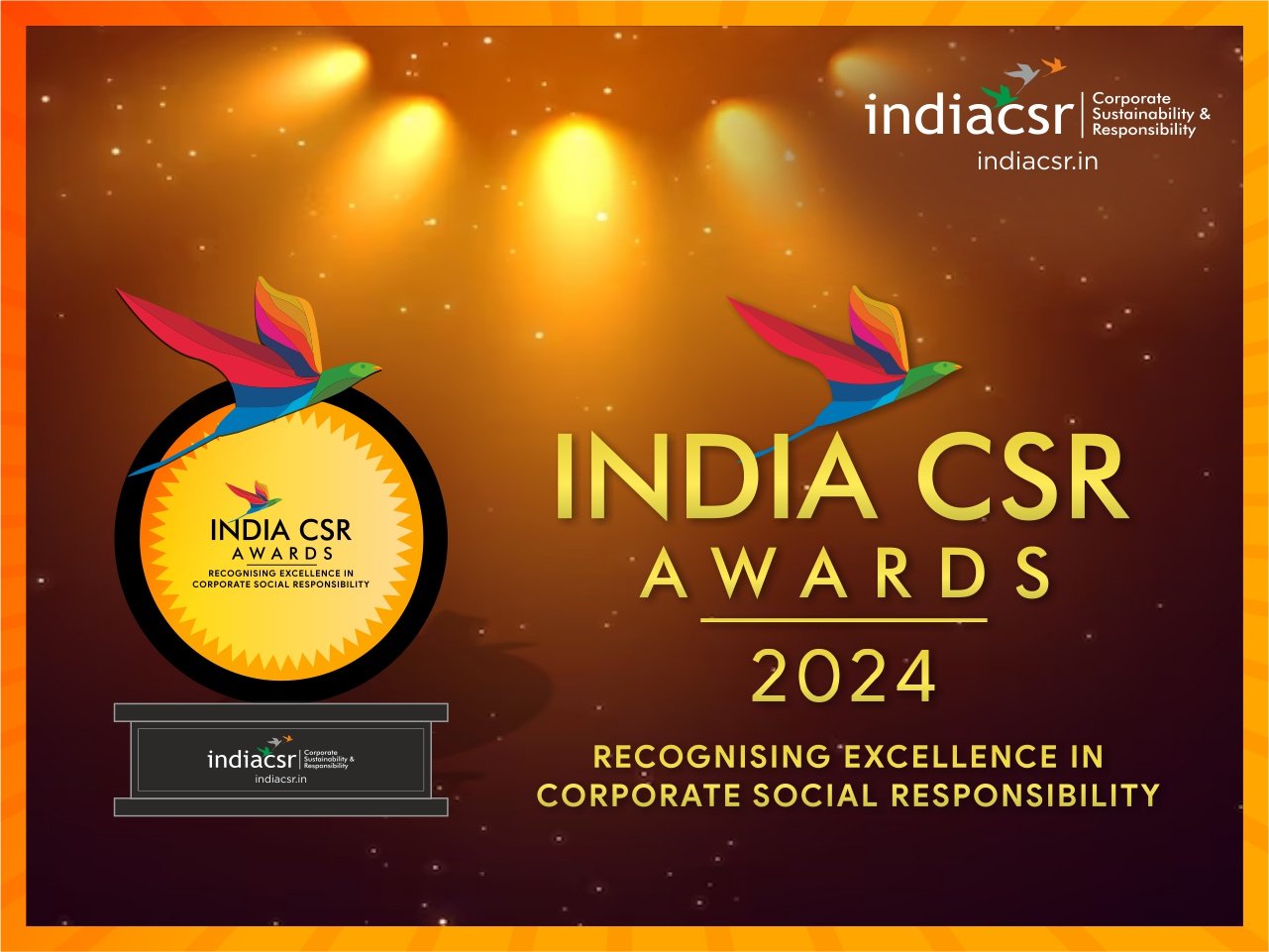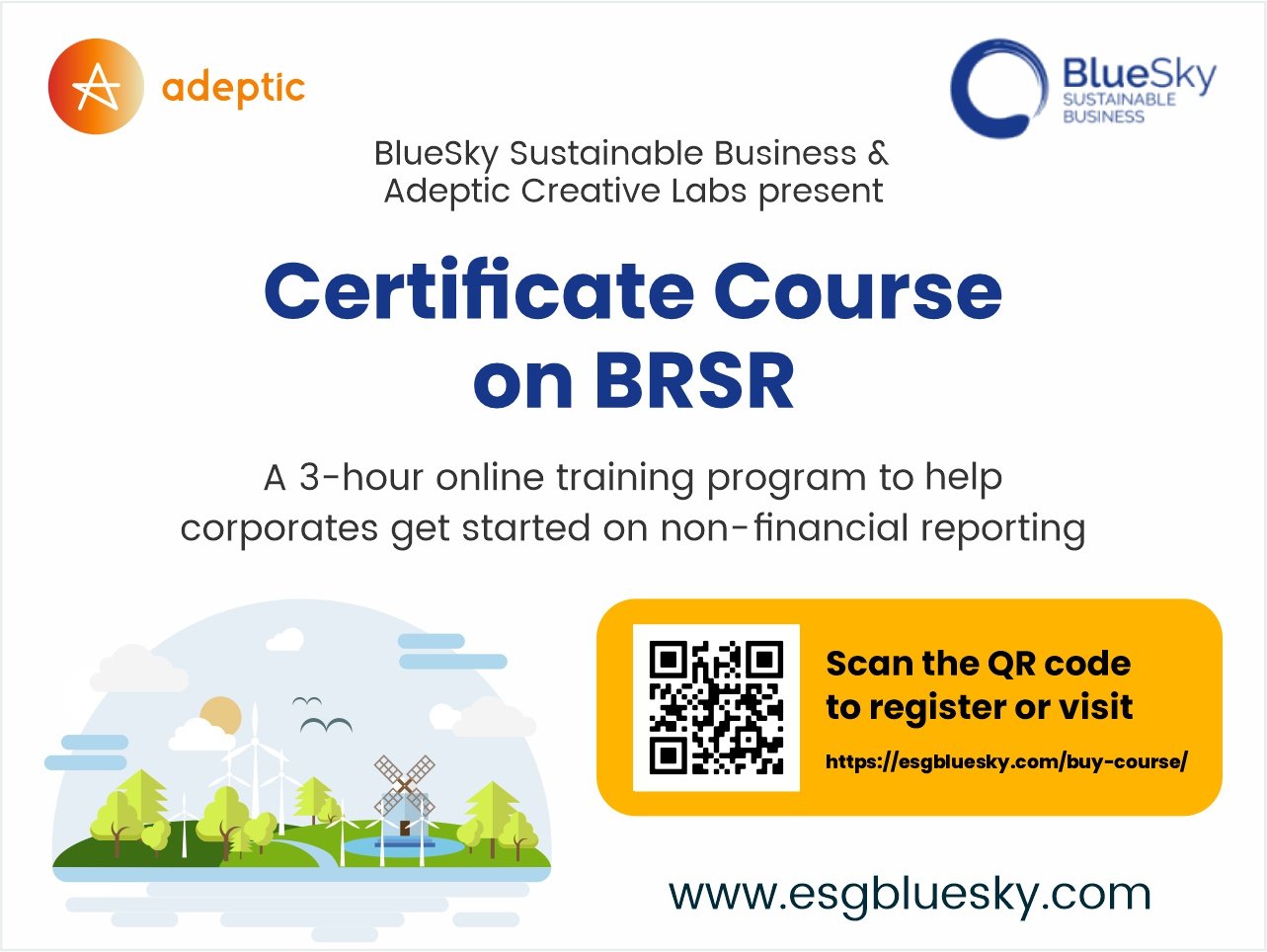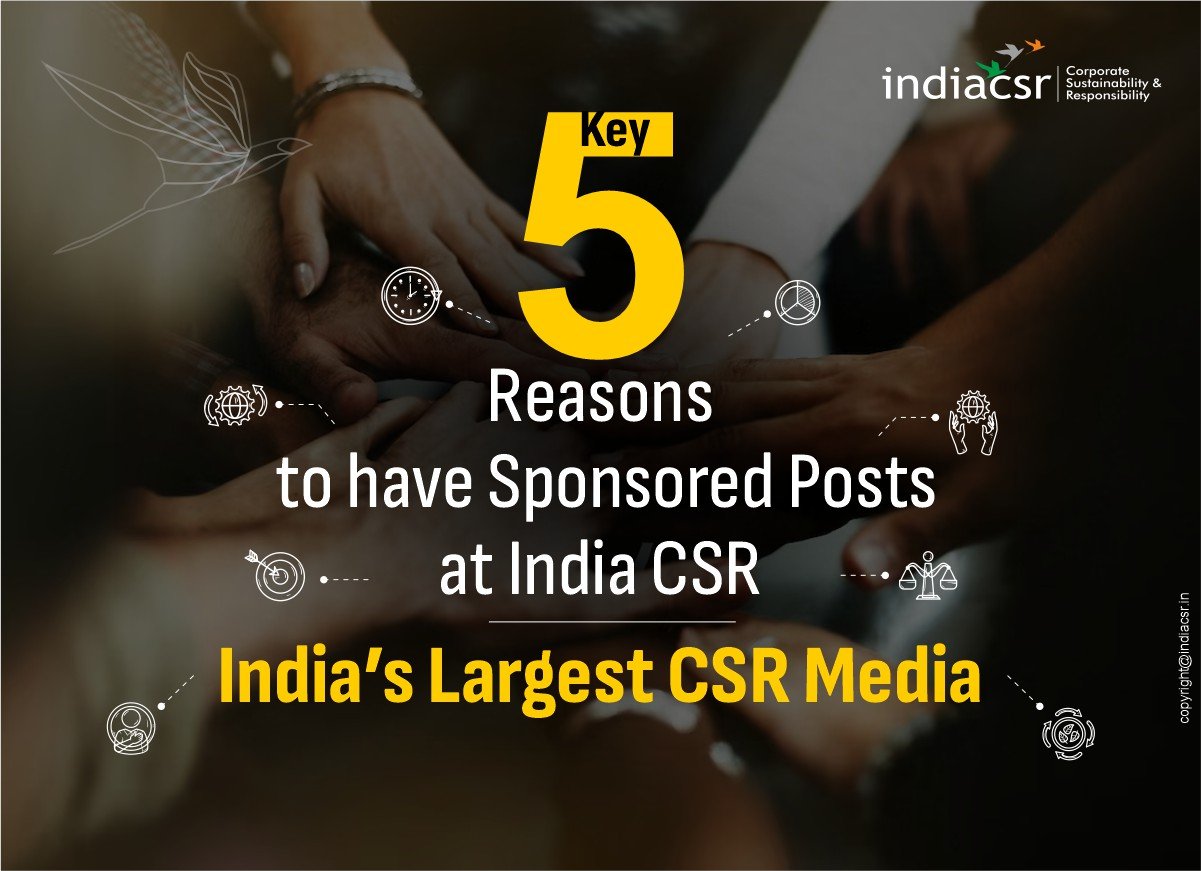The Power of Indian Classical Music: Mussolini even offered him a senior position in Rome but he politely declined.
In the 1930s, Italy’s dictator Mussolini was suffering from severe insomnia. Despite his powerful status, he was unable to find a cure for his sleeplessness. It was during this time that an Indian classical musician, Pandit Omkarnath Thakur, performed a miracle with his music.
The Meeting
Among Mussolini’s many companions, one was a Bengali woman with a deep understanding of music. She suggested that the cure for his insomnia lay in music, a suggestion that was initially dismissed. However, when Omkarnath Thakur, a master of Indian classical music and raga, was touring Europe in 1933, she invited him to Mussolini’s residence.
The Performance
Thakur, known for his pure Indian classical music and expertise in raga, accepted the invitation. He was informed about Mussolini’s insomnia and asked for permission to present a raga. Thakur requested Mussolini to have only vegetarian food for dinner that day. After dinner, he began singing the alap of Raga Puriya. The melody was initially soft, gradually becoming louder. The enchanting melody put Mussolini into a deep sleep within 15 minutes.

The Aftermath
Thakur later wrote in his memoirs that Mussolini’s face looked pink and his eyes were completely closed. When Mussolini woke up after a few hours, he expressed his joy at the deep sleep he had experienced and praised the music. The next day, Thakur received two letters from Mussolini, one expressing gratitude and the other offering him a position as the director of a newly created music department at a university. However, Thakur declined the offer as he had to return to India.
The Impact
Thakur’s music not only helped Mussolini but also moved him emotionally. During one of Thakur’s performances of Raga Chhayanat, Mussolini was moved to tears. He confessed that he had never felt so good in his life as he did with the powerful Indian music.
The Legacy
Thakur’s music was also appreciated by Mahatma Gandhi, who once said that to convey as much as Thakur could say in one of his songs, he had to give many speeches. Thakur was born near Bharuch city in Gujarat and was known as a unique singer of his time. He later joined Banaras Hindu University, where he became the first Dean of the Faculty of Music and Arts in 1950. His fame as an artist, teacher, and administrator continues to inspire many.
***
Hindustani Music Overview
Development and Influence
Hindustani Music originated between the 13th and 14th centuries AD. It was influenced by Persian culture and later by the Mughals.
Forms of Music
It includes Classical and Semi-Classical forms. Semi-Classical forms consist of Thumris, Dadra, and Tappa.
Thumri Explained
Thumri comes from ‘Thumakna,’ meaning to dance gracefully. It often portrays Lord Krishna’s dance with Radha and the Gopis in Brindavan. Thumri is similar to Geet, Ghazals, and Bhajans.
Emphasis in Thumri
In Thumri, the focus is on bhavam (emotions) conveyed through lyrics rather than the raga. The words and their pronunciation are crucial. A Thumri may be brief, focusing on expanding a single line.
Themes and Ragas
Thumris depict love and are therefore set to emotional ragas. Common ragas include Desh, Piloo, Kafi, Jogiya, Mand, Pahaadi, Marwa, Ghaara, Shivranjani, Bhairavi Darbari, etc.
***
Raga Chikitsa: The Forerunner of Music Therapy
Raga Chikitsa, or Music Therapy, is based on the concept that a Raga— a sequence of selected notes (swaras)—can evoke specific moods or emotions. These emotions, in turn, can influence various physiological and psychological states. Playing, performing, or even listening to particular Ragas at certain times can have therapeutic effects, treating various ailments. This form of therapy leverages the sensitivity of living systems to specific radiant energies, including acoustical, magnetic, or electromagnetic, to control physiological, psychological, and social activities of patients. The creation of original Ragas in Indian Classical Music reflects a profound understanding of the harmony between the seven Swaras and the body’s Chakras.
Below is a table summarizing the Ragas and their corresponding therapeutic effects for various ailments within Hindustani classical music.
| Raga | Cures Following Ailment |
|---|---|
| Ahir Bhairav | Arthritis, Hyper Tension, Indigestion |
| Basant Bahar | Gallstone |
| Chandrakauns | Anorexia |
| Darbari Kalyan | Asthma |
| Deepak | Anorexia, Gallstone, Hyperacidity, Indigestion |
| Gurjari Todi | Cough |
| Gunakali | Arthritis, Constipation, Headache, Piles |
| Jaunpuri | Constipation, Intestinal Gas |
| Khamaj | Stress |
| Yaman | Stress |
| Malkauns | Intestinal Gas |
| Puriya | Hypertension, Insomnia |
| Todi | Hypertension, Insomnia |
| Sohni | Headache |
This table illustrates the specific Ragas experimented with to cure certain ailments, showcasing the therapeutic potential of Raga Chikitsa in Hindustani classical music.
(India CSR)




























